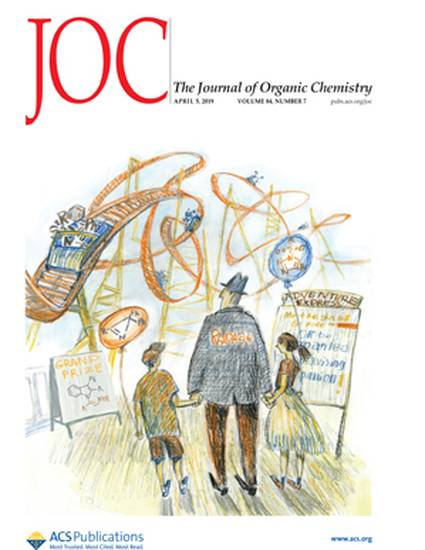
Article
Chemoselective Carbonyl Allylations with Alkoxyallylsiletanes
Journal of Organic Chemistry
(2019)
Abstract
Alkoxyallylsiletanes are capable of highly chemo- and diastereoselective carbonyl allylsilylations. Reactive substrates include salicylaldehydes and glyoxylic acids. Chemoselectivity in these reactions is thought to arise from a mechanism involving first exchange of the alkyoxy group on silicon with a substrate hydroxyl followed by activation of a nearby carbonyl by the Lewis acidic siletane and intramolecular allylation. In this way, substrates containing multiple reactive carbonyl groups (e.g., dialdehyde or triketone) can be selectively monoallylated, even overcoming inherent electrophilicity bias.
Keywords
- Alkoxyallylsiletanes
Disciplines
Publication Date
April 5, 2019
DOI
10.1021/acs.joc.8b03028
Publisher Statement
Copyright 2019 American Chemical Society
Citation Information
J. Org. Chem., 2019, 84 (7), pp 4421–4428
DOI: 10.1021/acs.joc.8b03028
